Critics of Canadian Prime Minister Justin Trudeau have claimed that Trudeau liberals have completely destroyed many aspects of the country’s society.
More specifically, Trudeau and his liberal government have ruined five parts of Canada that need to function properly in order to bring about prosperity for all.
The Five Pillars of Prosperity
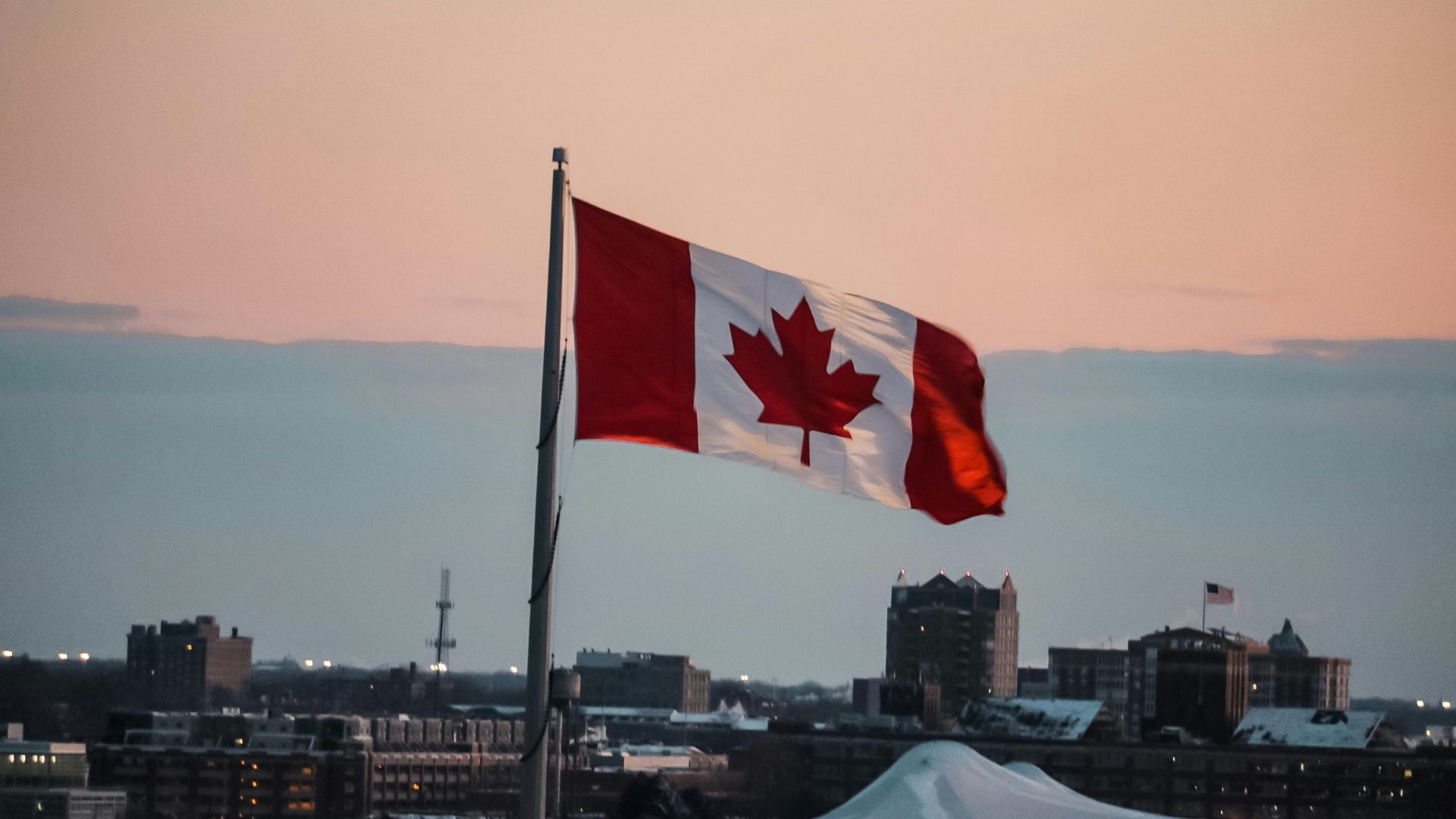
Detractors of the current Canadian government, including former minister of natural resources and finance Joe Oliver, have used Art Laffer’s Five Pillars of Prosperity to judge Trudeau’s liberals.
These five pillars of economic growth include government spending, taxation, minimal regulations, free trade, and sound money.
Using the Pillars To Understand the Country’s Problems
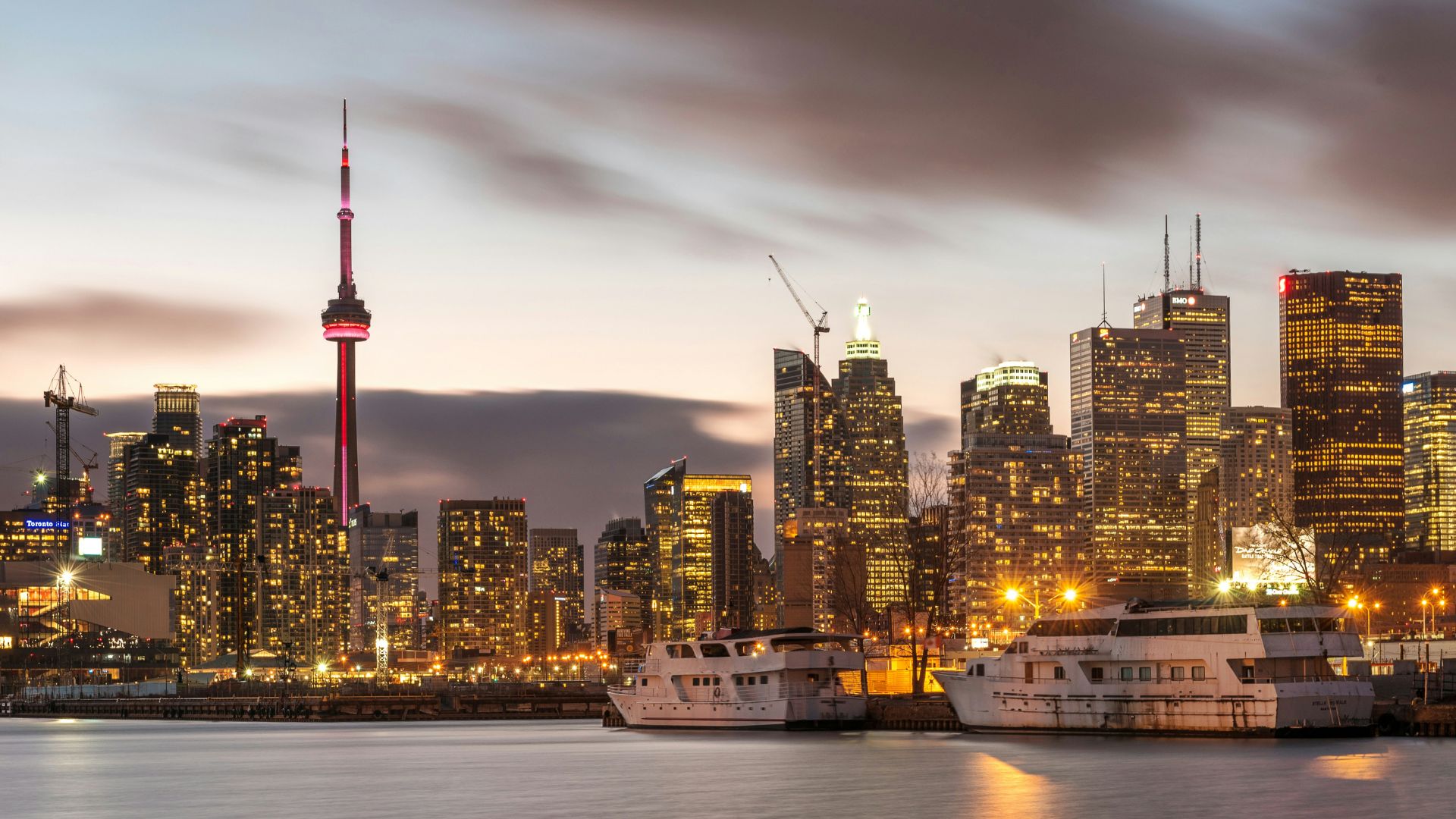
By using these pillars as a guide, analysts have been able to better understand why Canada may be performing so terribly in many different aspects.
According to Laffer, these five pillars can either allow a country to truly thrive and reach prosperity — or fail. Critics of Trudeau and the liberal party have claimed that Canada is currently failing.
Looking at Government Spending

First, it’s important to look at the pillars separately. Government spending is one issue that many Canadians have criticized, as the government has increasingly spent more and more with each passing year.
Federal spending in Canada increased to 16.1% of the GDP in 2023, up from 12.8% in 2015. This has also resulted in the federal debt more than doubling to $1.4 trillion.
A Ballooning Government
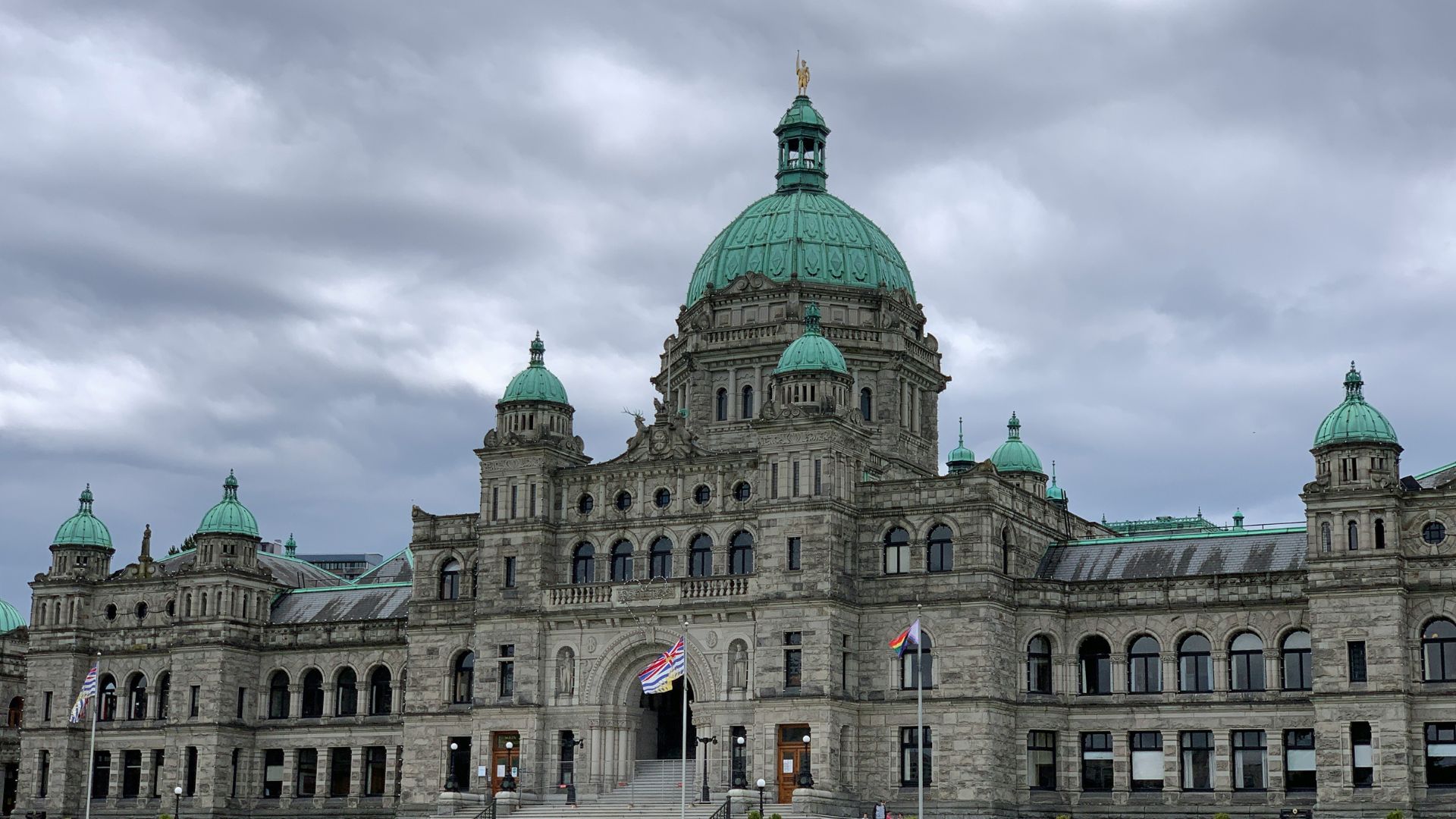
This increase in spending may be one result of an increase in the size of overall government employees. In 2023, the Canadian public service had more than 274,000 employees.
This is an increase of 40.4% of what was seen in 2015. A massive amount of employees have been hired federally, which detractors say has led to a ballooning government — and a lack of restrained government spending.
High Taxation Throughout Canada
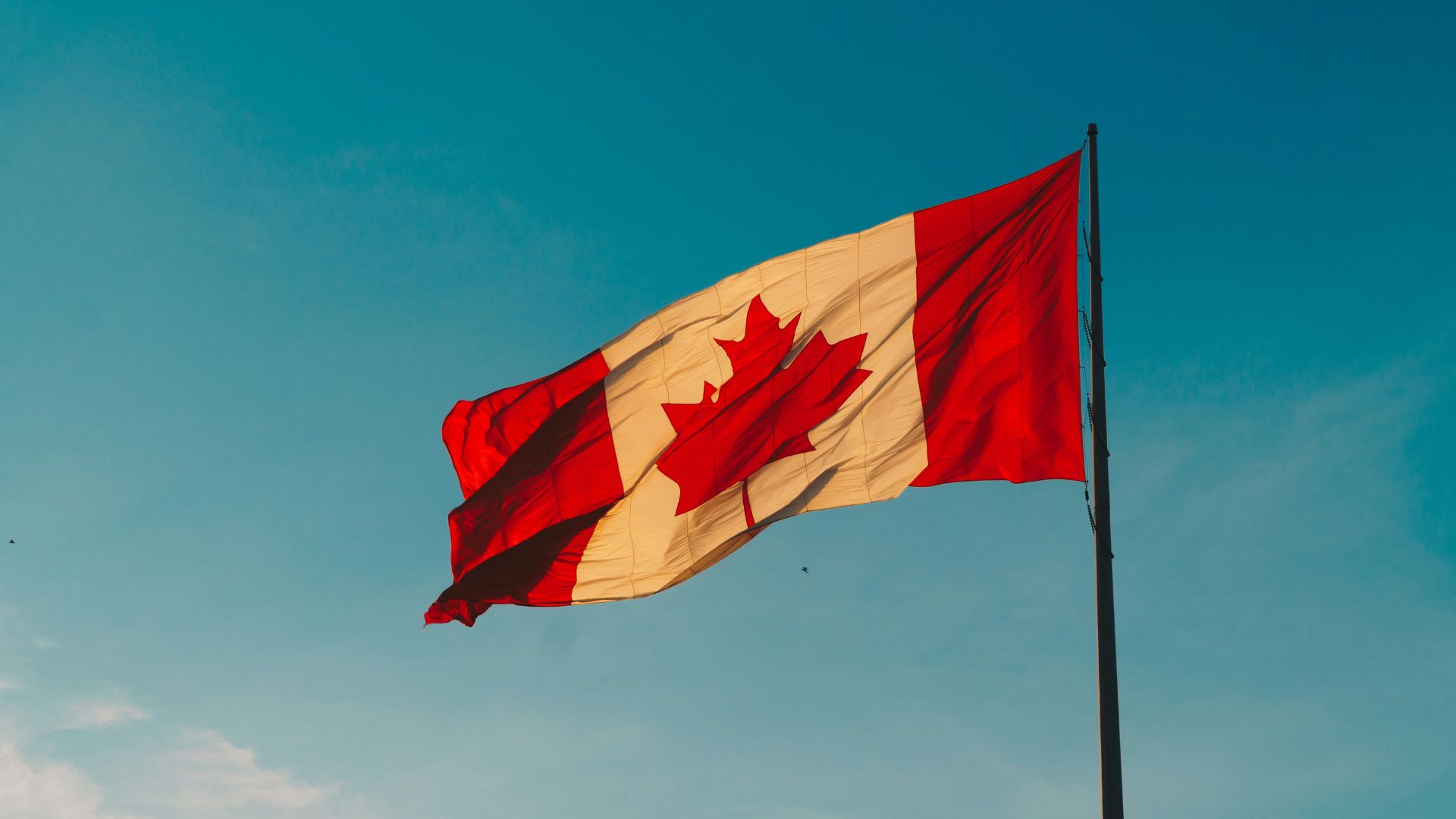
Then, there’s taxation. Canada is considered a highly taxed country. However, critics have stated that taxation has gotten out of hand.
According to these analysts, high taxation can often result in decreased economic growth, which many state Canada is going through right now.
Highest Taxed Places in Canada

Newfoundland and Labrador, Nova Scotia, and Ontario currently have the highest marginal income tax rates in all of Canada — and in 61 U.S. jurisdictions, as well.
When compared to 38 OECD countries, Canada takes the fifth spot in high taxes. Many have cited these high taxes, pushed by Trudeau liberals, as reasons why Canada’s prosperity has greatly fallen in recent years.
Strict Regulations

Laffer’s Five Pillars of Prosperity states that minimal regulations can help a country thrive. Critics of Canadian liberals have pointed to the incredibly strict regulations that the country has imposed on sectors and businesses in recent years.
To these detractors, these regulations are why Canada has hit a standstill in overall economic growth. Thanks to these regulations, many have stated that billions of dollars have been lost.
A Fall in Free Trade
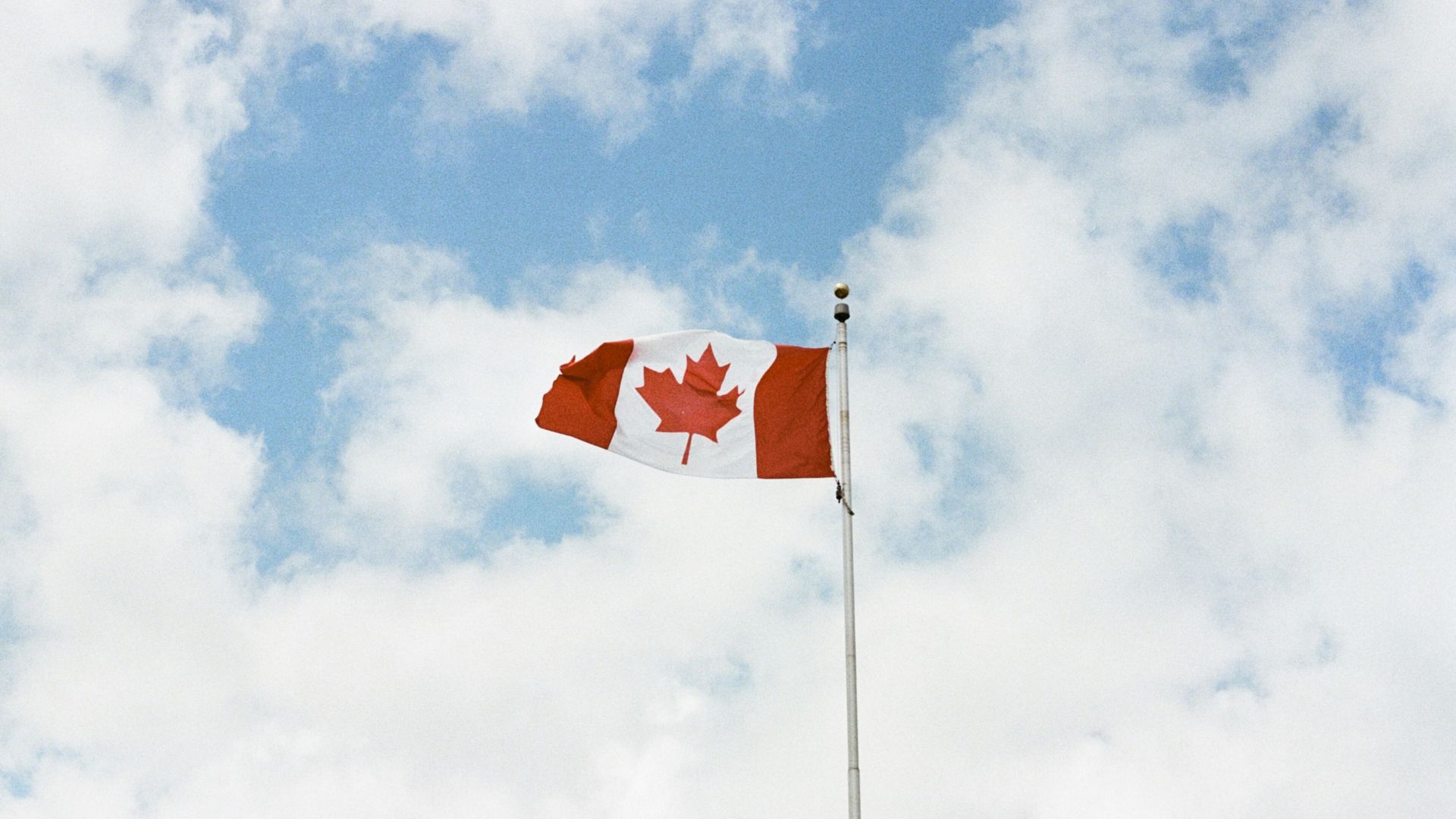
For many decades, Canada was able to tout that free trade brought in money, economic growth, and overall prosperity to its government and citizens. However, things have changed in only the last few years.
Just last year, Canada no longer became the United States’ biggest trade partner. Now, Mexico is. A push to limit the export and sale of the country’s natural resources, such as oil and gas, has also allowed Canada to fall in free trade prosperity.
Sound Money and Inflation

Any country that wants to thrive needs to have sound money, as it’s essential to overall economic stability. Canada, unfortunately, has struggled with government spending.
Citizens of the country have also had to deal with incredibly high inflation for years now. In 2022, inflation hit a 40-year record at 6.8%. Today, inflation throughout the country continues to make items high in price.
A High Cost of Living in Canada
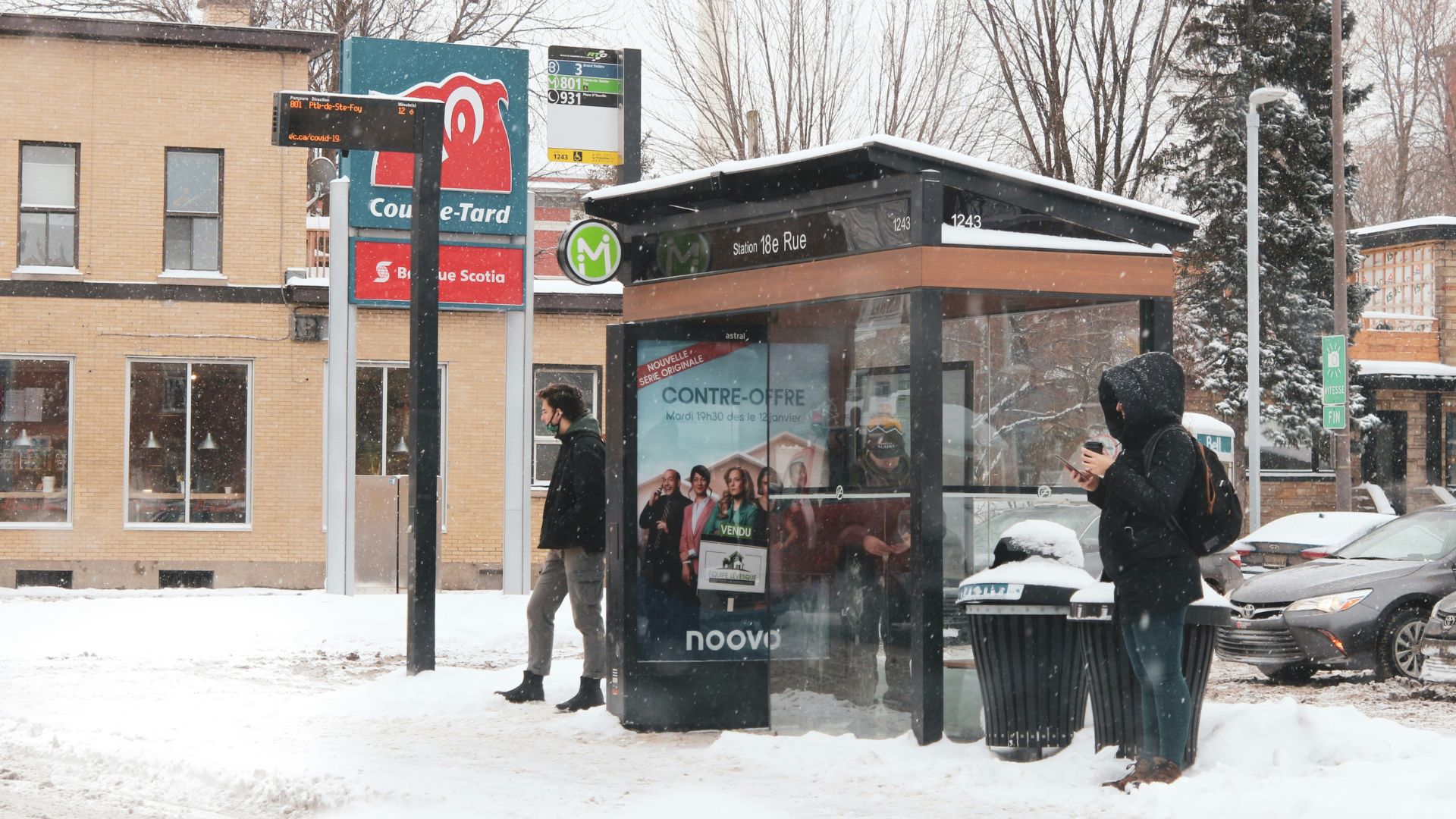
Because of inflation and skyrocketing prices, Canada has become a country that has a high cost of living. This has greatly affected low-income and middle-income residents who are struggling to thrive in the country.
Since 2015, consumer prices have risen by 27%. This has also led to mortgage rates rising 50% from what was normal in 2015.
Canada Is Struggling in All Five of These Pillars
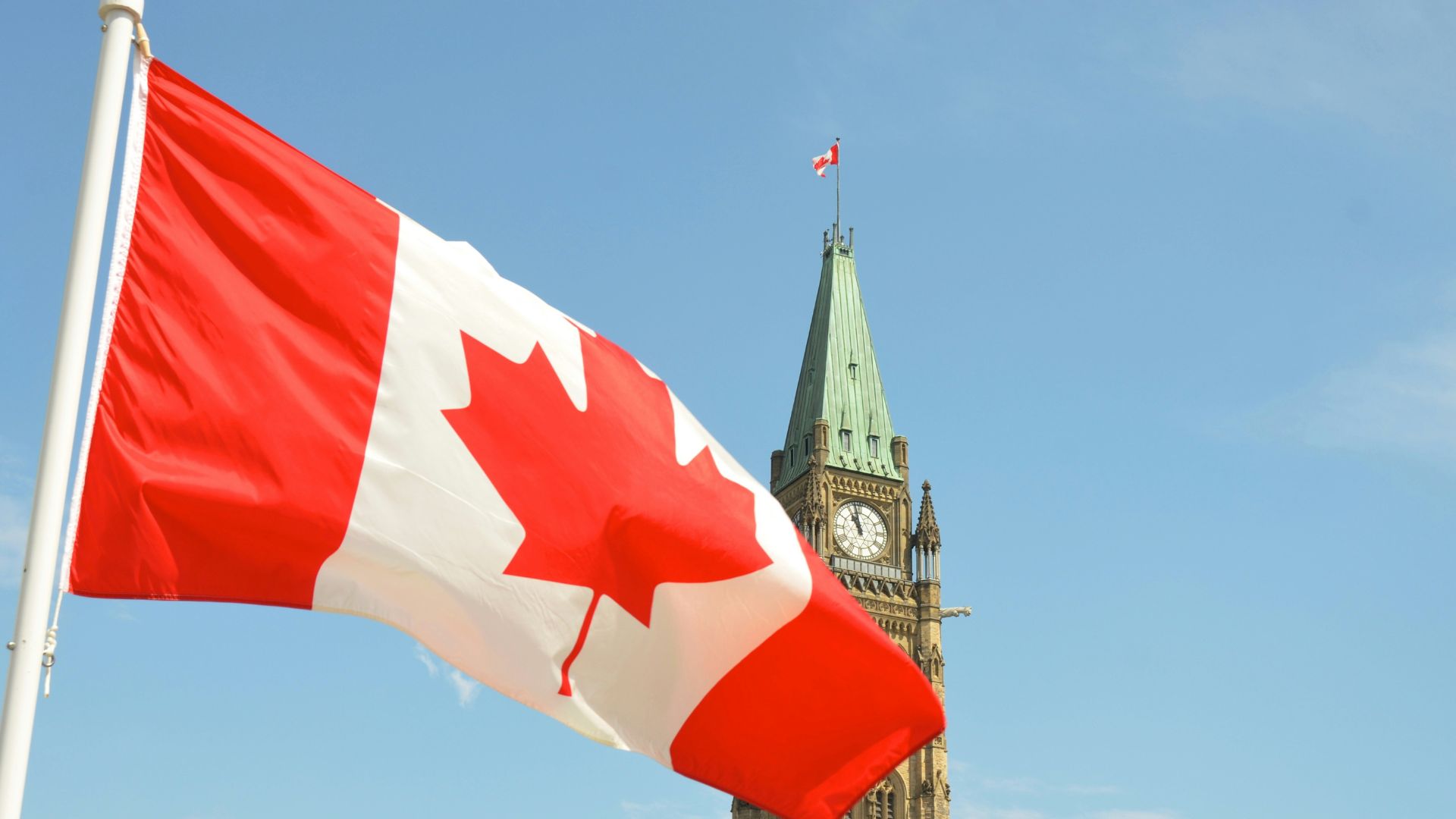
Detractors have pointed out how Canada continues to struggle in all five of these Pillars of Prosperity — and, they say, this is all because of Trudeau and his liberal party.
To make matters worse, Canada’s GDP per capita is lower than any other pre-recession period seen since 1985. These critics warn that if things aren’t changed, Canada’s prosperity could continue to fall.
